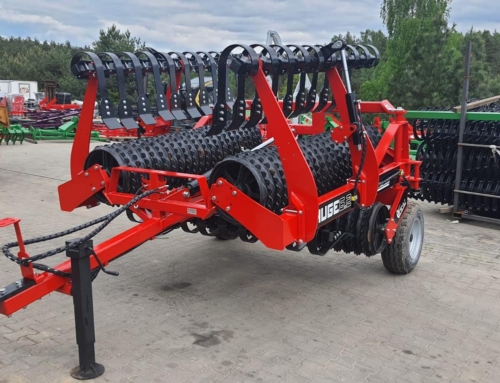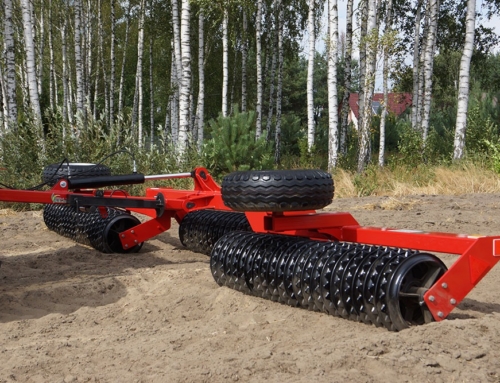Rolling is not only the main maintenance procedure performed on grasslands, but also on arable fields. It prepares the soil for sowing, helps maintain proper hydrological balance and improves seed-soil contact. However, these are not the only advantages of rolling that farmers benefit from. Therefore, check what issues related to the tillage roller determine its necessary role in cultivation before and after sowing.
- Tillage roller and rolling procedure
- The main tasks of the tillage roller
- The effects of rolling depend on the construction of the tillage roller
Tillage roller and rolling procedure
Cultivation rollers they can constitute a separate agricultural tool or be part of multifunctional cultivating units. In this way, they work closely with various machines, reducing their number of passes in the field. Which in turn has a positive effect on the condition of the soil.
Until recently, rolling was associated with the use of a large cylindrical roller with a smooth surface, which mainly kneaded the soil using an appropriate pressure force. Unfortunately, it resulted in the soil being compacted too much and sticking together. That's why today's cultivation rollers have been designed to bring the greatest possible benefit to the user. Their structure does not resemble an old rolling cylinder, because they are made of rings, teeth or strings of different dimensions and materials. This makes them more effective in the soil preparation process.
People looking for a modern solution in the form of tillage rollers will certainly be interested in the offer HUGE models from the manufacturer AMJ AGRO.
The main tasks of the tillage roller
The essential task of everyone tillage roller is to precisely indent, level the surface and crush lumps in the soil. The above-mentioned activities mean that the rolling process can significantly influence the quality of subsequent crops. With its help, you can prevent erosion, water retention, accelerate the decomposition of crop residues and improve the contact of the seed with the soil.
The effects of rolling depend on the construction of the tillage roller
in fact, cultivation rollers they are not equal. More precisely, they are divided into specific types that work more or less intensively when rolling. This depends, among other things, on the design of the roller and its adaptation to the soil conditions and field size.
For example, we can highlight the best ones cultivation rollers, based on their three basic applications - leveling, kneading and crushing. For leveling and shallow compaction of soil intended for sowing, a smooth roller is ideal. To operate at greater depths, heavier rollers are needed, which accelerate the settlement of the ground under their weight. The group of heavy tillage rollers consists of string and ring rollers of the Campbell or Crosskill type. However, if we care most about crushing large lumps and gently loosening the surface, we should use a Cambridge or Cracker roller.







